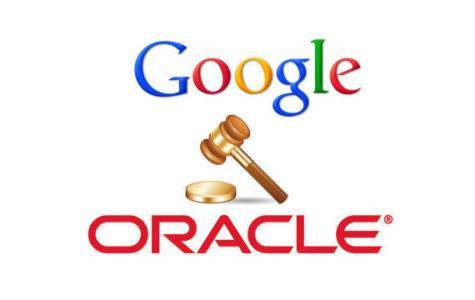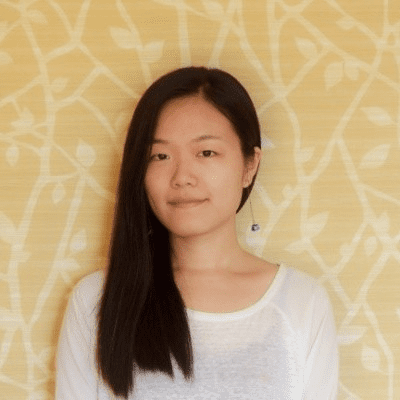
 Tianchu Gao is an IPilogue Writer and a 1L JD Candidate at Osgoode Hall Law School.
Tianchu Gao is an IPilogue Writer and a 1L JD Candidate at Osgoode Hall Law School.
The decade-long dispute between Google and Oracle over computer code’s copyrightability finally came to an end on April 5, 2021. It started out in 2010 when Oracle sued Google for copying the application programming interfaces (APIs) of Java, a programming language developed and licensed by Sun Microsystems and later acquired by Oracle, in Google’s development of the Android operating system. The fight between the two tech giants, with billions of dollars at stake, attracted significant media attention and debate. Many academics, businesses, and computer professionals filed their support for Google before the case was heard at the U.S. Supreme Court on October 7, 2020. The final decision bears great weight in shaping the development of the IT industry and U.S. copyright law. It is arguably, as Stanford law professor Mark Lemley coined it, “the copyright case of the century.”
The case meandered through constant reversals of judicial judgements. It is composed of two phases centering on two legal issues that were trialed separately—the copyrightability of APIs and the fair use doctrine. In the first phase, the district court ruled that Oracle’s APIs functioned somewhat like a “system or method of operation” which could be implemented in various ways and, on the facts of the case, Google’s use of them was permitted under the Copyright Act. The appellate court reversed this ruling and claimed that “the overall structure of Oracle’s API packages is creative, original, and ‘resembles a taxonomy’.” It also ordered a second trial to determine whether Google’s use of Java API was acceptable under the fair use doctrine. In the district court judgement, the jury voted in favour of non-infringement on the ground that Google’s use was fair. Oracle appealed successfully. The appellate judge found that Google’s use of Java API is a non-transformative use, with transformativeness being a requirement for finding fair use, and that it has profited commercially from Android. As expected, Google was unhappy with the outcome and appealed again.
Finally, with the support of amicus briefs from the Solicitor General of the United States and numerous other professionals, the Supreme Court made a judgement that is more in tune with the context of programming and the IT industry. The majority opinion held that, although API is copyrightable, Google’s use of Java API is within the bounds of fair use. It highlighted the distinction between declaring code and implementing code—the former proposes a hypothetical function that serves a particular objective, and the latter is the actual realization of that hypothesis. According to the Supreme Court, Java API is essentially a set of declaring code that resolves general task division and organization. It enables programmers to “manipulate and control task-performing computer programs.” The very creativity that contributes to technological breakthroughs lies in implementation rather than merely declaring code. It is in Google’s interest to use Java APIs, rather than developing its own, because programmers have already invested time and effort to learn them. Google wanted to attract as many programmers as possible to develop smartphone apps on Android, thereby furthering copyright’s creativity objectives. In addition, Breyer J. ruled that Google’s use is “minimal,” about 0.4 percent of the total Java source code, and it does not diminish Java’s marketability since Android is used in different platforms (i.e., smartphones).
While some are concerned about the chilling effect that the decision may have on programming innovations, professionals have generally welcomed it. It accords with the culture of open source and collaboration that programmers rely on to pursue innovations. It also marks an important accommodation made in copyright law to face the new challenges posed by the booming IT industry.


One Response
I agree that the United States Supreme Court’s decision accords with the open-source culture and collaboration in the field of software development. Also, it is in the public interest to encourage wide applications for innovative works. However, the outcome may raise concerns among IT companies that rely on copyright protection to maintain market share and generate revenue. Following this decision, business owners in the computing industry may consider using patents or trade secrets as a better option to protect their APIs and other codes.
Additionally, Canadian copyright law applies the concept of “fair dealing” rather than “fair use” in the US. In Canada, it is necessary to examine whether the unauthorized use belongs to “fair dealing for the purpose of research, private study, education, parody or satire” under section 29 of the Copyright Act, or “for the purpose of criticism or review” under section 29.1. A Canadian court could probably reach a different conclusion if Oracle’s work is copyright-protected since Google’s copying of Oracle’s API code may not fall into one of these closed categories of “fair dealing”.
The question remains of how to balance the rights of owners, who deserve rewards for creating code, and users, who make efforts to learn it and promote its dissemination and application. As the author mentioned, the input of academics, businesses, and computer professionals seemed critical for the final judgment in the US and made be equally so in Canada.